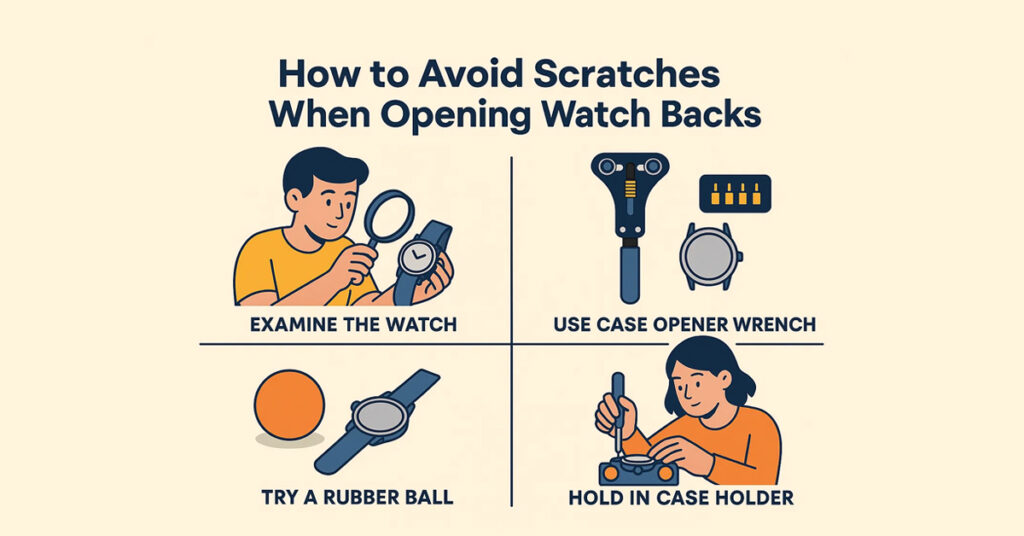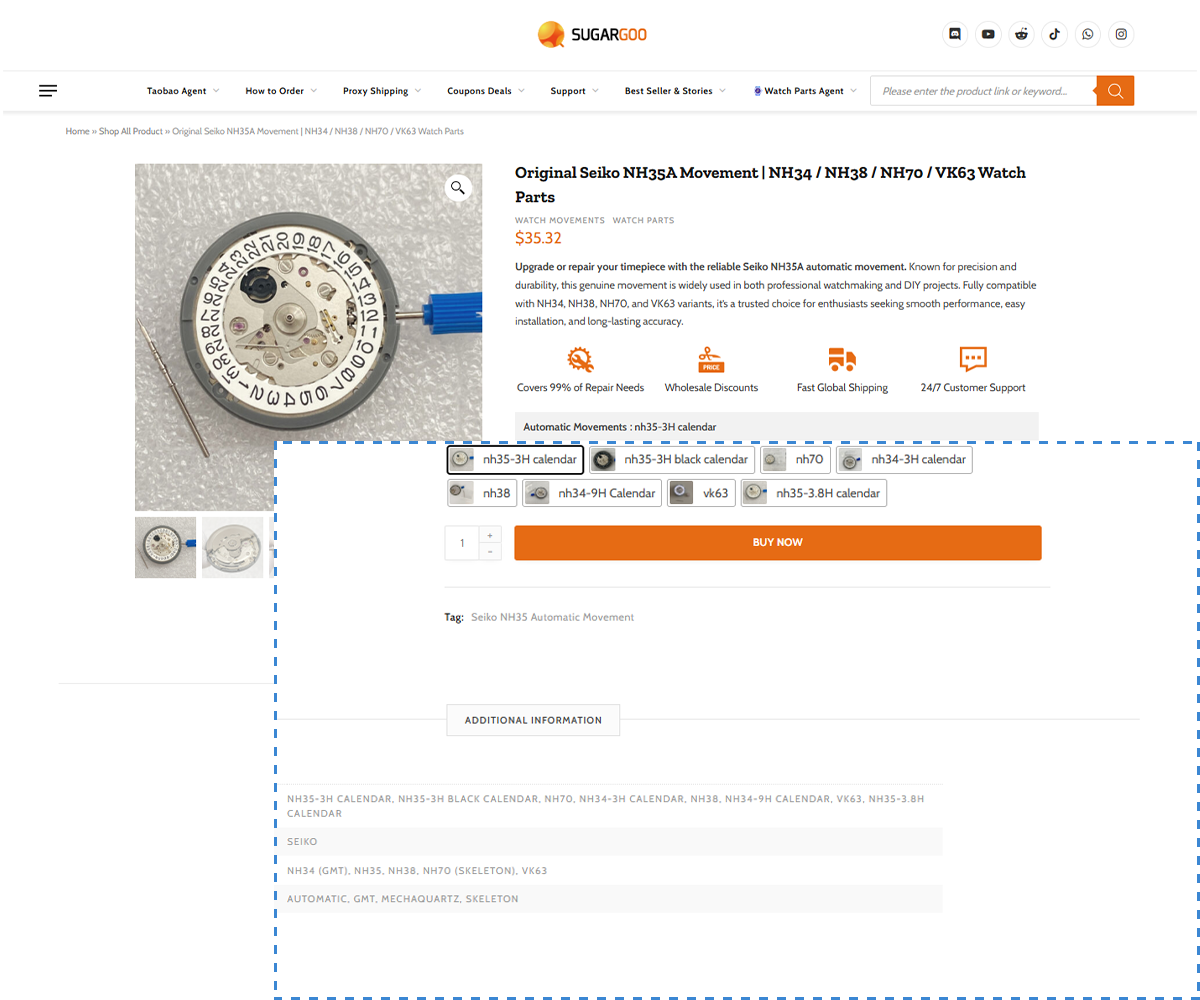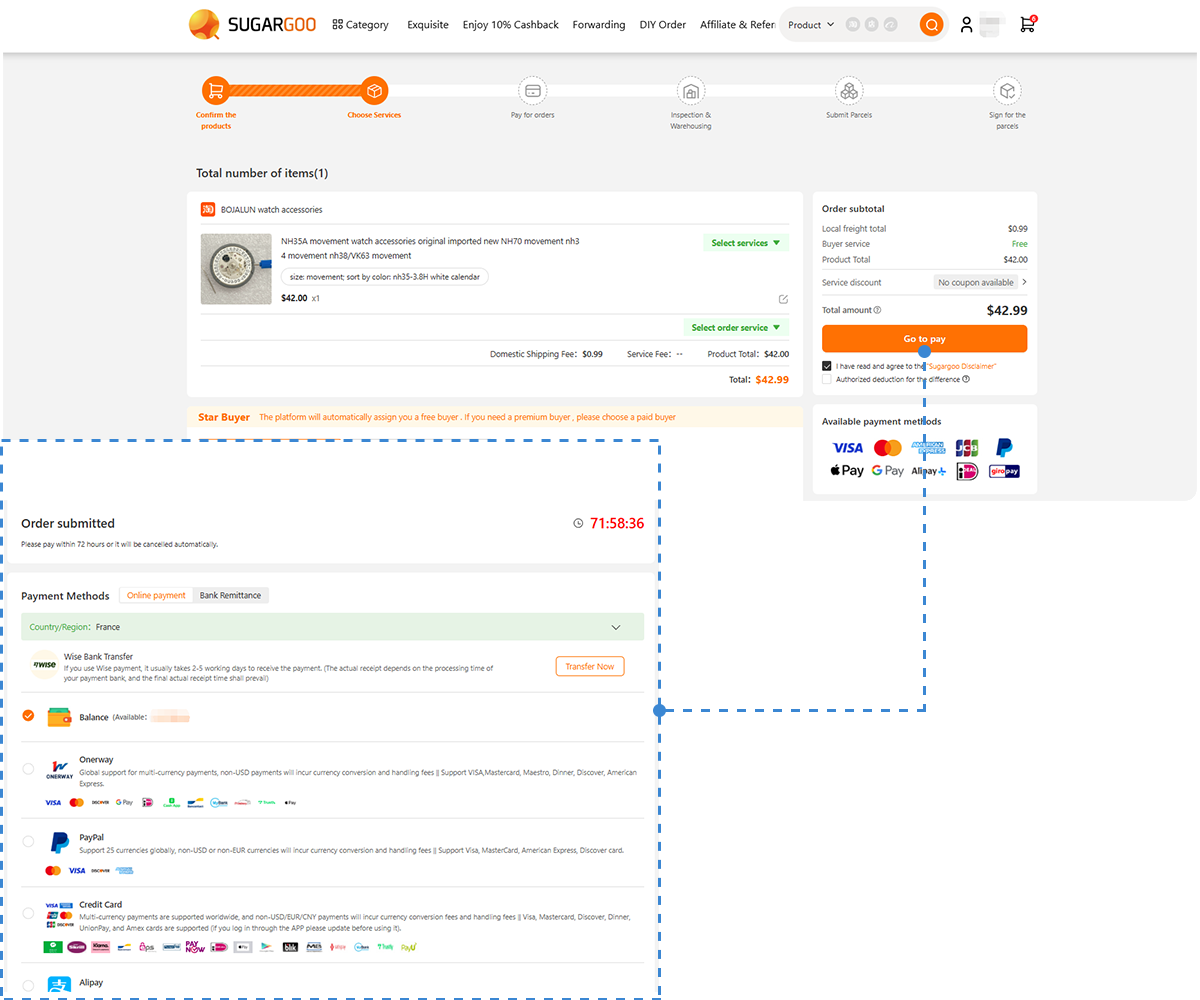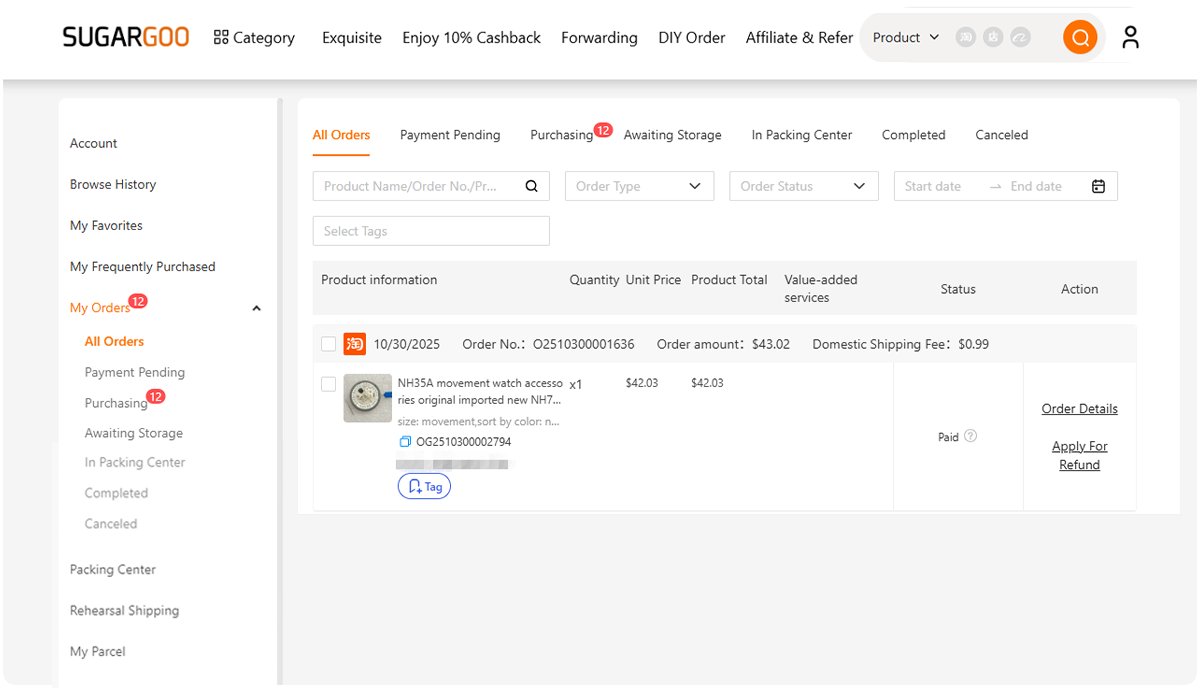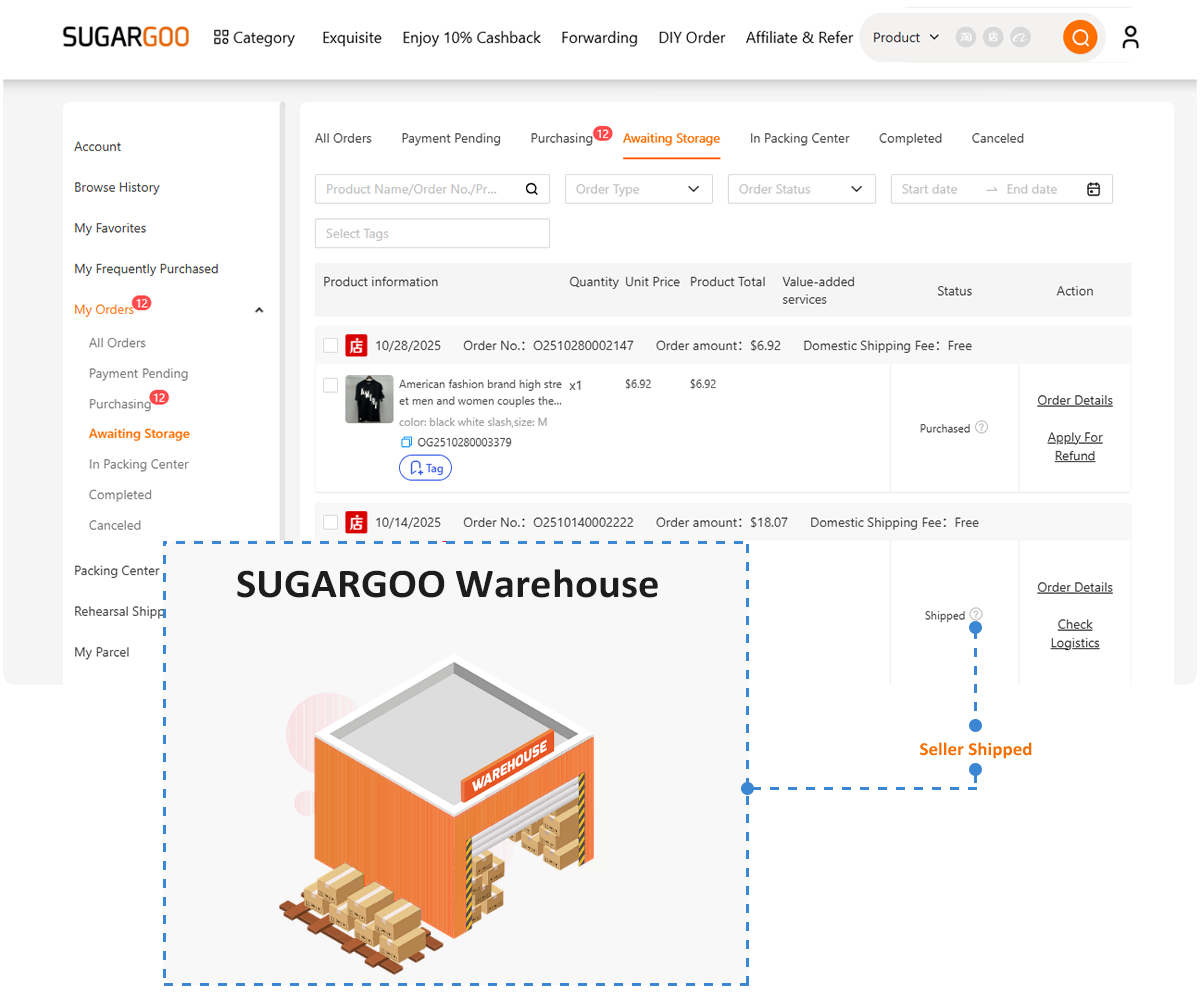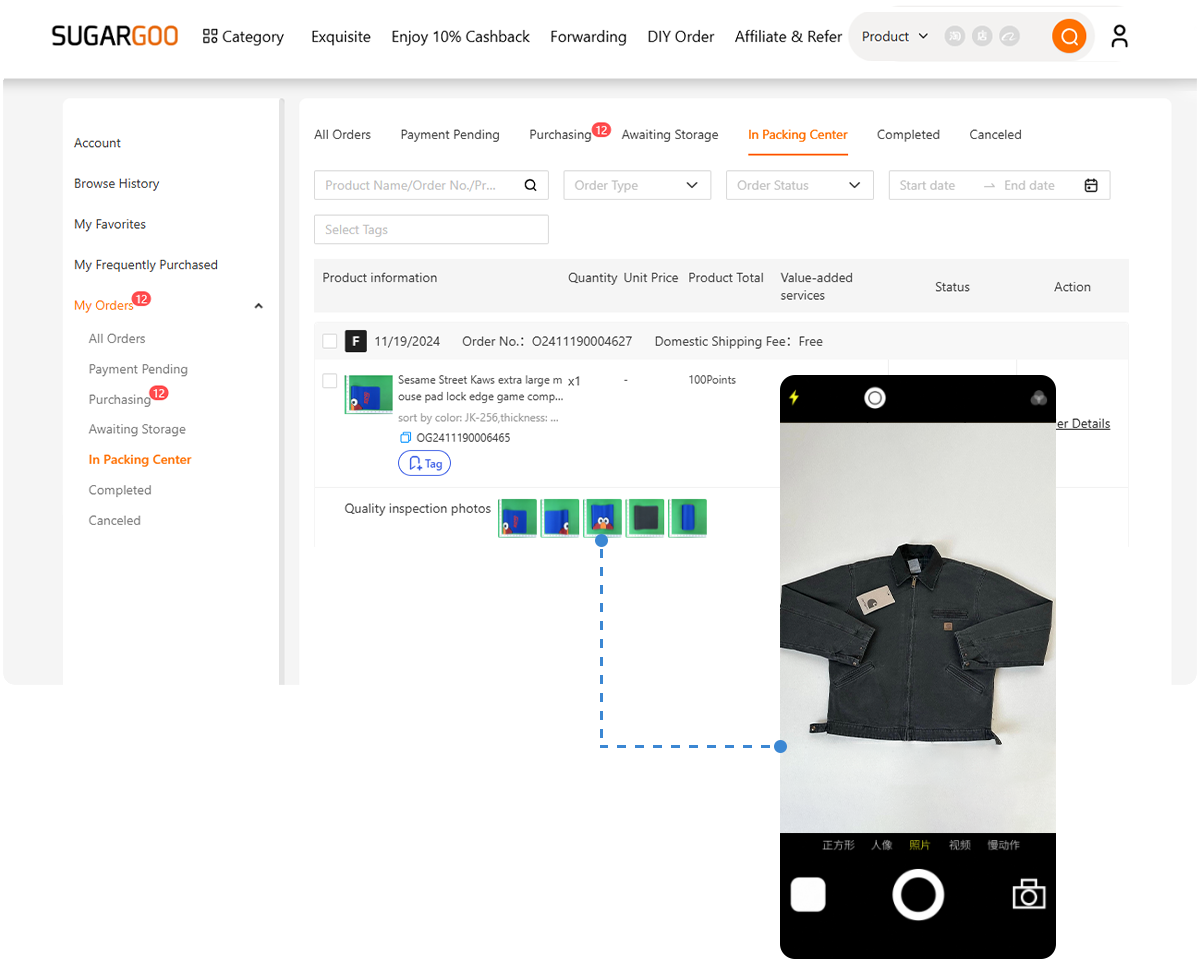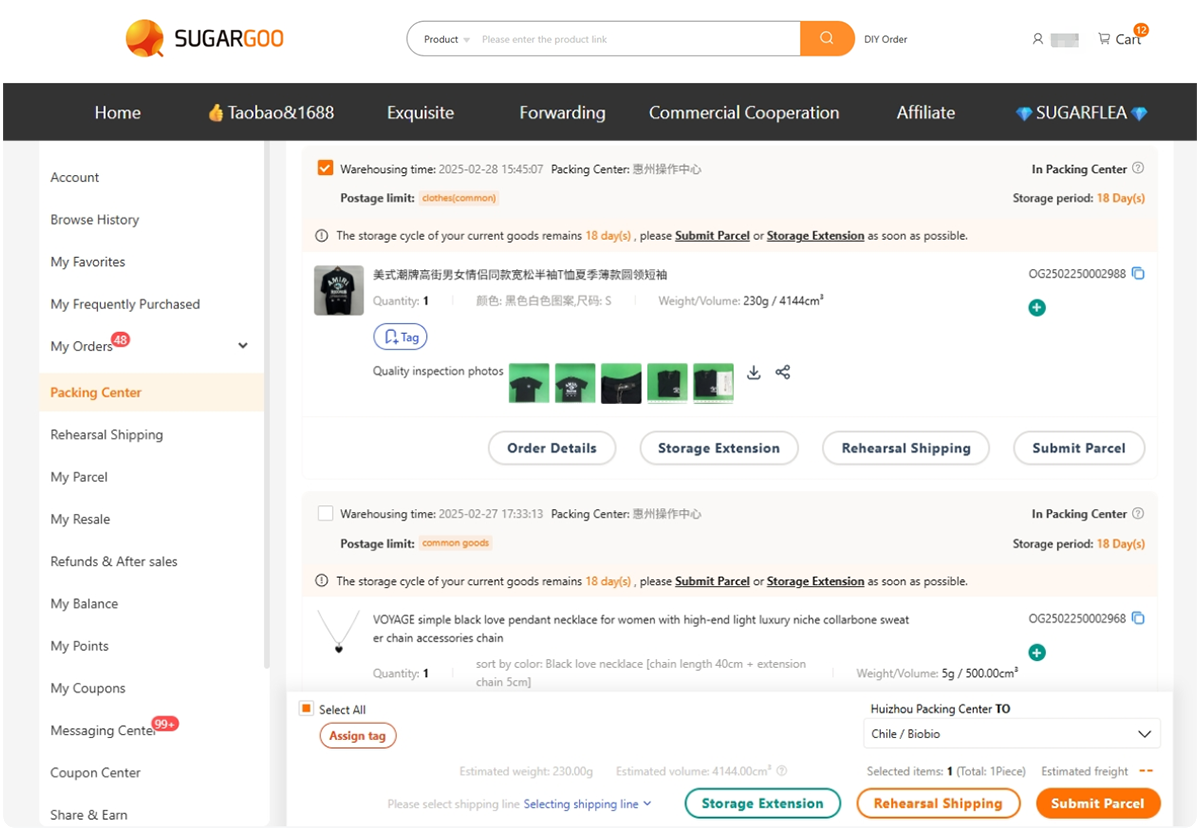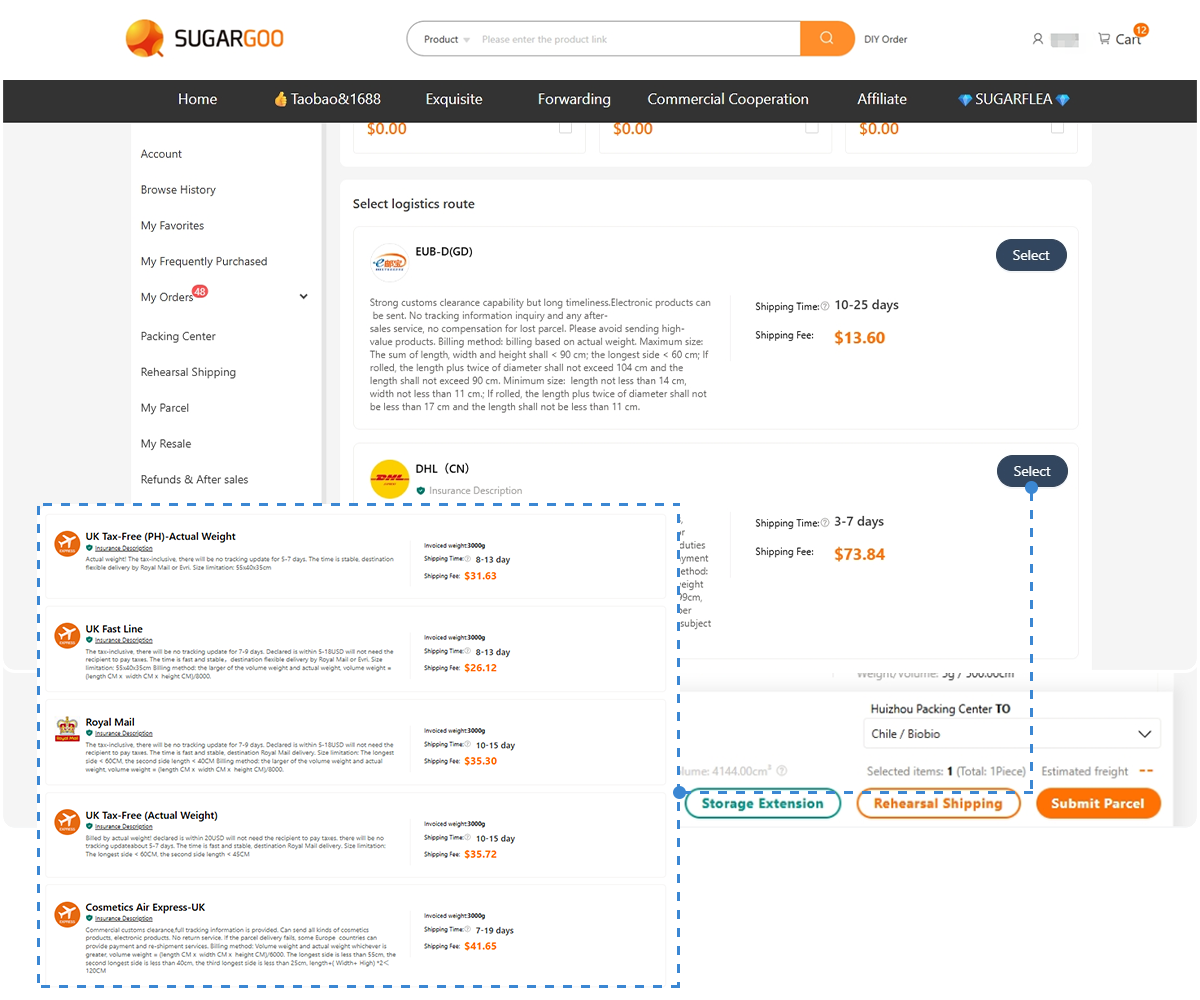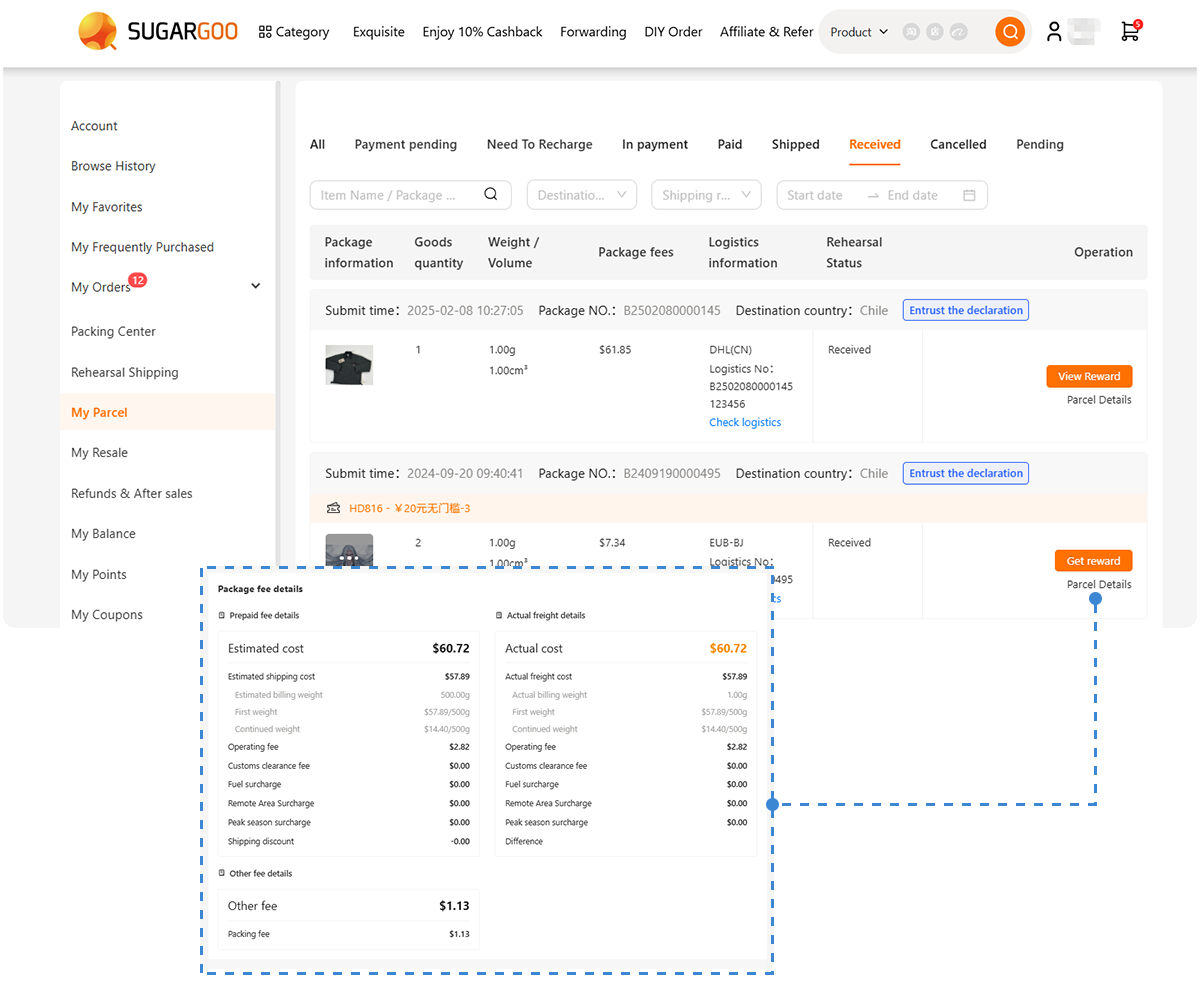The first time you open a watch back, you think it’ll be simple — a few turns, a little pressure, maybe a twist or two. Then you look down and see it: a silver line, faint but permanent, cutting across the polished steel.
That single scratch feels worse than the time you dropped the watch. Because it doesn’t just mark metal — it marks your learning curve.
If you’ve ever stared at a scuffed Seiko case back under the light and thought, “If only I’d slowed down,” you’re not alone. Every modder learns this lesson once. The goal is to never learn it twice.
Why Watch Backs Are Harder Than They Look
The back of a watch is deceptive. It’s round, polished, simple — but it’s engineered to fight you.
Manufacturers design case backs to resist water pressure, dust, and curious hands. They seal them tight with gaskets, tension, and micro-threading that doesn’t forgive mistakes.
That’s why the most common modder injuries aren’t to fingers — they’re to pride. Scratches, slips, gouges, sometimes even cracked crystals from pressure mishandling.
A proper watch case opener is your best defense, but understanding why scratches happen in the first place will change how you handle every repair after.
The Real Reasons Scratches Happen
Most scratches aren’t caused by the tool — they’re caused by the mindset. Here’s why they happen:
- Rushing. You think it’s a 10-second job. You’re halfway through a coffee, you grab the opener, and slip.
- Wrong angle. You press down, not across, forcing metal-on-metal instead of clean contact.
- No padding. You put the watch on a hard table, and the case twists under pressure.
- Cheap tools. A $2 opener with dull edges slips more than it grips.
- Old gasket tension. When the seal is dry or hardened, it resists evenly, so the first motion breaks free violently.
- Fatigue. Late-night modding with tired hands — no watch deserves that.
If this sounds familiar, you’re already closer to doing it right next time. Awareness is 80% of craftsmanship.
The “Oh No” Moments: Real Scenarios Modders Remember
- Scenario 1 — The Slip. You’re trying to open a diver’s Seiko SKX007. The opener doesn’t grip perfectly. You twist harder, it slips, and the wrench skates across the polished steel. That sound — that metallic scream — stays with you forever.
- Scenario 2 — The Tilt. You hold the watch in one hand and turn with the other. The force isn’t straight. The case back opens, but your tool jumps sideways, kissing the edge of the lugs.
- Scenario 3 — The Pressure Crack. You forget the crystal is face-down on a table. You apply force from behind, and pop — the sapphire front takes the stress. A $15 mistake becomes $80 in parts.
These moments teach you what no guide ever can: modding is 10% tools, 90% patience.
The Safe Way to Open a Watch Back
Forget the TikTok “life hacks.” There’s no shortcut here. What keeps your case safe isn’t muscle — it’s stability.
- Build a Safe Workspace
Use a soft pad, or even better, a rubber bench mat. Never place your watch directly on wood or glass.
Lay it dial-down on a microfiber cloth. If the crystal is domed, use a case cushion or folded cloth under the center so the pressure spreads evenly. - Choose the Right Opener
For screw-down backs, use an adjustable case wrench with properly fitted teeth. For snap-on cases, use a flat-edge knife tool — but only at the notch.
Avoid universal multi-tip tools unless you trust the fit. Bad tools don’t just slip — they tear. - Control the Pressure
Grip the opener like you’re turning a jar — firm but balanced. Your wrist, not your arm, does the motion. Never press downward; rotate smoothly across the plane of the case.
If it doesn’t move, stop. Warm the case slightly — metal expands microscopically, loosening the seal. - Respect the Gasket
Once open, inspect the gasket immediately. If it’s dry, cracked, or sticky, replace it. A damaged gasket causes leaks and — ironically — makes reopening harder next time.
You can get compatible watch case gaskets for Seiko NH35 and SKX builds easily via Sugargoo’s watch parts section.
The Touch That Saves Steel
Here’s what experienced builders never forget: the best work leaves no trace.
If your opener doesn’t feel “anchored,” stop. Reset. A single slip can undo hours of careful modding.
Small habits separate amateurs from artisans:
- Always use tape around the case edge before opening.
- Always tighten your wrench before you apply force.
- Always clean tools — even dust can scratch polished steel.
- And if you must open vintage pieces — wear cotton gloves. The oils from your skin can react with old plating and leave dark prints.
This isn’t paranoia. It’s respect.
The Psychology of Precision
Opening a case safely has less to do with technique than with how you think about time. Modders who scratch often treat watches like puzzles to solve quickly. True builders treat them like conversations — one move, one pause, one breath at a time.
When you slow down, you begin to feel metal tension. You can hear the soft creak before the gasket gives. It becomes meditative — a kind of mindfulness disguised as mechanics.
That’s why the best watchmakers aren’t fast — they’re calm.
The Case Opener Isn’t Just a Tool — It’s a Mindset
If you think of it as “a wrench for watches,” you’ll use it like one — carelessly. But if you think of it as an instrument — something that touches precision — everything changes.
Hold it steady, breathe, align, twist slowly. When it opens with that clean, satisfying click, you’ll understand why modders call this one of the most beautiful sounds in the hobby.
You didn’t just open a case; you opened trust between you and your craft.
Pro Tricks You Won’t Learn on YouTube
- Use Blu Tack. Press it under the case to keep it from rotating as you open. Cheap, safe, and scratch-free.
- Don’t Overclean. Polishing after a scratch can thin the plating. It’s better to tape before than buff after.
- Magnify Everything. A simple loupe reveals micro metal burrs — often the hidden cause of slipping.
- Warm the Case. A hairdryer on low for 10 seconds can loosen dry gaskets. Not hot — just warm.
- Grease Sparingly. Too much silicone on gaskets can cause hydro-lock during reinstallation. A light swipe is enough.
Each of these saves hours — and heartache.
When It’s More Than a Scratch
Sometimes a scratch is inevitable. Maybe your opener slipped, or you inherited a watch already worn thin. Don’t rush to polish it away.
Scratches can tell stories. A fine one across the back of your first mod build isn’t failure — it’s memory. It’s proof that you touched something real.
But when it comes to your best builds — your NH35 diver, your custom field watch — yes, keep them pristine. That shine is part of your discipline.
That’s the duality of modding: knowing when to accept imperfection, and when to protect beauty.
Prevention Is Better Than Polishing
Once a watch is scratched, it’s scratched. You can reduce the shine, but you can’t unmark steel. So the smartest modders develop habits that make scratches nearly impossible:
- Keep every watch wrapped during handling.
- Store tools in separate compartments — never in contact with cases.
- Replace openers as soon as the teeth dull.
- Use watchmaker’s tape on both sides of lugs before major work.
- Always clean before reassembly — even dust can drag micro-abrasions across steel.
You’ll notice that every professional workstation looks unnaturally clean. That’s not for aesthetics — it’s protection.
Choosing Tools That Don’t Slip
Most budget openers look the same. But in your hand, the difference is night and day.
Low-quality tools use soft steel that wears out fast. Once the tips lose their edge, they no longer grip grooves properly — that’s when the sliding begins.
That’s why pro modders buy from verified sources through Sugargoo’s watch repair tools section. You’ll find everything from screw-down openers to case wrenches with replaceable jaws.
Sugargoo acts as your Taobao agent, connecting you to suppliers used by small microbrands across Asia — the same factories that supply OEM parts for Seiko-style builds.
And yes, you can even combine tools and parts — bezels, crowns, cases — into a single shipment via their order combine service.
Because when you start treating tools as part of your artistry, everything else in your process starts improving naturally.
The Ritual of Reassembly
Once you’ve opened the case, replaced a gasket or adjusted a rotor, and are ready to close — this is where scratches happen again. Everyone relaxes too early.
Reclosing is just as dangerous as opening. The case threads are soft; cross-thread once, and it’s permanent.
To prevent this:
- Always start the thread backward until you feel the “click” of correct alignment.
- Tighten slowly, watching for wobble.
- Never use force to fix resistance.
- And before you close the case, wipe it with a microfiber cloth. You’ll thank yourself when you flip it over later and see that perfect mirror finish untouched by fingerprints or dust.
The Long Game: Building Respect for Surfaces
After hundreds of builds, you’ll start to notice things differently. You’ll notice how brushed steel hides scratches better than polish. You’ll notice how anti-reflective coatings react to fingerprints. You’ll start understanding the “texture of time.”
That’s when you’ve graduated from watch modding to watchmaking.
Because it’s never really been about parts — it’s about presence. And presence shows in the surfaces you protect, not just the ones you design.
A Note for First-Time Modders
If this is your first time attempting to open a watch case — congratulations. You’re stepping into the hardest and most rewarding part of DIY horology.
Here’s what you need to remember:
- Take your time.
- Respect every motion.
- Prepare more than you think you need.
- Always assume the metal remembers everything you do to it.
When you approach the work this way, you’ll notice something extraordinary — scratches stop happening. Because they were never accidents to begin with; they were signals of rushing.
Recommended Tools and Kits
For serious builders, these are worth having on your bench:
- Case Back Opener (adjustable, 3-prong)
- Watch Movement Holder
- Watchmaker Screwdriver Set
- Watchmakers Toolkit Checklist
- Watch Cleaning Cloths
All available through Sugargoo’s verified suppliers — genuine, affordable, and modder-approved.
Register on Sugargoo here and you’ll get direct access to the same parts networks professionals use.
The Craft Beyond the Scratch
Avoiding scratches isn’t really about surface care — it’s about mindset care. Every time you slow down, tape the case, clean the threads, or swap a dull tool, you’re not just protecting steel. You’re protecting your craft.
The surface of your watch is your reflection. How you treat it shows how you think about the invisible details that no one else will see.
And that — that’s what defines a professional.
